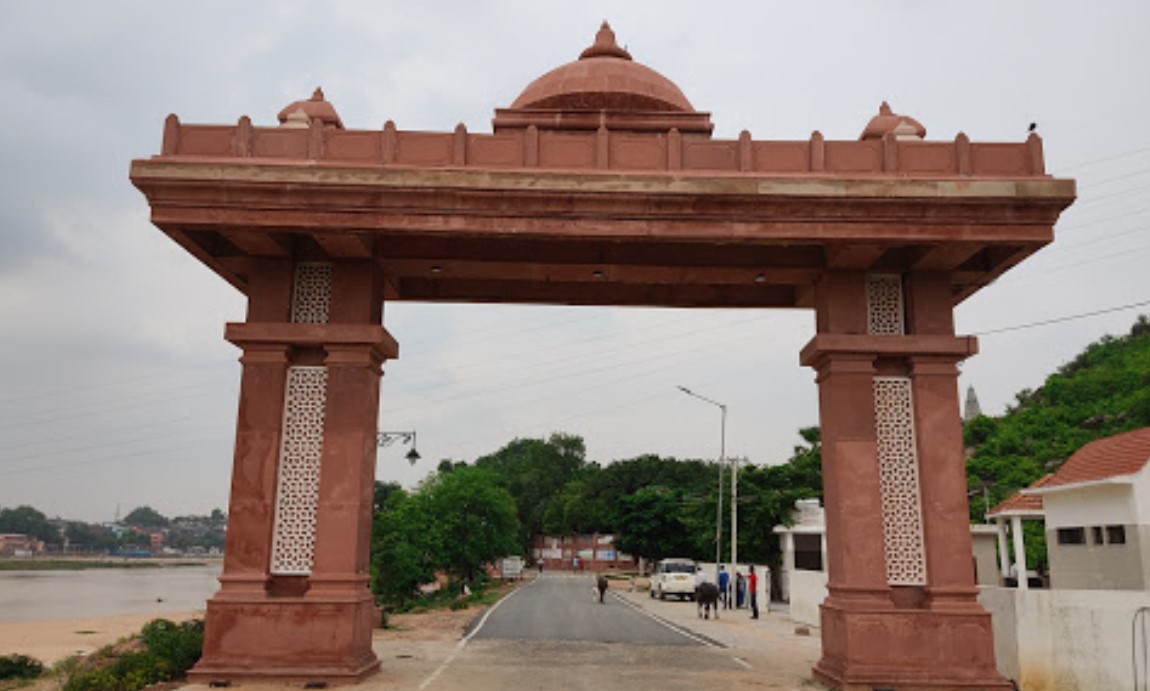Significance of Sita Kund in Hindu Religious Traditions

Sita Kund, nestled in the spiritual heartland of Gaya, Bihar, holds profound significance in Hindu mythology and religious traditions. This sacred site is revered for its association with Goddess Sita, the central figure in the epic Ramayana. Let's delve into the rich history, mythological connections, rituals, cultural impact, and spiritual allure that make Sita Kund a cherished pilgrimage destination for devotees.
Historical and Mythological Background
Sita Kund derives its name and fame from the revered Hindu epic, Ramayana, where it is believed to be the place where Goddess Sita, wife of Lord Rama, underwent a trial by fire (Agni Pariksha) to prove her purity after being rescued from the demon king Ravana. According to legend, Sita emerged unscathed from the flames, thus affirming her purity and devotion to Lord Rama. This event cemented the sanctity of Sita Kund as a place of divine grace and spiritual purification.
Architectural and Natural Features
The architecture of Sita Kund reflects ancient Indian design principles and spiritual symbolism. The kund (pond) itself is a tranquil body of water surrounded by lush greenery and serene surroundings, creating a serene atmosphere conducive to prayer and meditation. Devotees often perform rituals and bathe in the holy waters of Sita Kund, believing in its purifying properties and the blessings it confers upon them.
Rituals and Practices
Visitors to Sita Kund engage in various rituals and practices aimed at seeking spiritual blessings and cleansing. It is customary for devotees to offer prayers, light lamps, and perform circumambulation (parikrama) around the kund as a mark of reverence and devotion. The waters of Sita Kund are believed to be infused with divine energy, capable of purifying both body and soul, and granting wishes to the earnest supplicants.
Cultural and Spiritual Impact
Beyond its religious significance, Sita Kund plays a pivotal role in preserving cultural heritage and fostering community cohesion. The site serves as a hub for religious gatherings, where devotees from diverse backgrounds come together to celebrate festivals such as Ram Navami and Diwali, commemorating the life and teachings of Lord Rama and Goddess Sita. These festivities underscore the enduring legacy of Sita Kund in promoting harmony and spiritual unity among believers.
Environmental Conservation and Sustainability
Efforts are underway to preserve the natural beauty and ecological balance around Sita Kund. Conservation initiatives aim to maintain the purity of its waters and protect the surrounding flora and fauna, ensuring that future generations can continue to benefit from its spiritual and environmental treasures. These efforts reflect a commitment to sustainability and responsible stewardship of sacred natural resources.
Visiting Sita Kund: Travel Tips and Visitor's Guide
For pilgrims planning a visit to Sita Kund, it is advisable to check local customs and temple timings beforehand. Modest attire is typically encouraged out of respect for the sanctity of the place. Gaya, with its historical and religious significance, offers various accommodation options ranging from budget guesthouses to comfortable hotels. Local cuisine, especially vegetarian dishes, adds to the cultural experience of the pilgrimage journey.
Conclusion
In conclusion, Sita Kund in Gaya stands as a testament to the enduring power of faith and devotion in Hindu religious traditions. Its historical roots, architectural beauty, and spiritual significance make it a sacred pilgrimage destination for millions of devotees seeking solace, spiritual purification, and divine blessings. Whether you visit to pay homage to Goddess Sita, participate in rituals, or simply immerse yourself in the tranquil ambiance, Sita Kund offers a transformative experience that resonates long after you depart.
